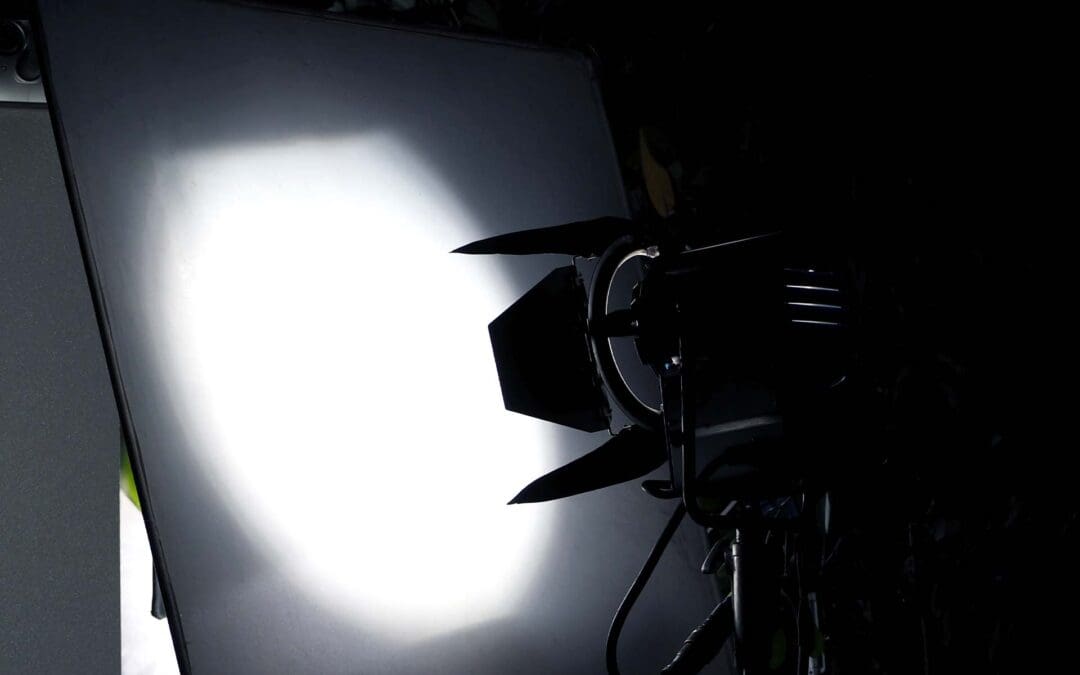
Introduction
In the world of filmmaking, the magic of storytelling comes alive through the interplay of light and shadow. Behind the scenes, two unsung heroes work hand-in-hand to shape this magic, crafting the perfect lighting and camera movement for each scene. These behind-the-scenes wizards are the Grip and Electric teams. Often overlooked, their work is indispensable in creating the visual aesthetics that elevate the cinematic experience. In this comprehensive blog post, we will explore the importance of Grip and Electric in the filmmaking process, their key responsibilities, technical expertise, and the significant impact they have on the art of cinematography.
1. The Role of Grip and Electric: Masters of Cinematic Light and Movement
a. Grip Department: The Grip team is responsible for rigging, supporting, and modifying equipment to shape lighting and camera movement.
b. Electric Department: The Electric team works on electrical setups to power lighting equipment and control the light’s intensity.
2. Lighting Control and Manipulation
a. Lighting Control: Grip and Electric teams work together to control the direction, intensity, and quality of light, creating the desired mood and atmosphere.
b. Modifying Light: Using various tools like scrims, flags, and diffusions, the teams modify light to achieve specific visual effects.
3. Rigging and Safety
a. Rigging Expertise: Grip teams excel in rigging, using cranes, dollies, and other equipment to facilitate camera movement and position lighting.
b. Safety First: Both teams prioritize safety, ensuring all equipment is secure and the set is safe for the cast and crew.
4. Camera Movement and Support
a. Dynamic Camera Movement: Grips play a crucial role in creating smooth camera movements, enabling the camera to flow seamlessly through scenes.
b. Camera Support: Rigging and stabilizing the camera allows for unique angles and perspectives that enrich the storytelling.
5. Collaborating with the Director of Photography (DP)
a. DP’s Vision: The Grip and Electric teams collaborate closely with the DP to interpret their visual vision and implement it on set.
b. Lighting Tests: Before shooting, the teams conduct lighting tests to ensure the DP’s vision is achieved.
6. Lighting for Different Film Genres
a. Dramatic Films: For intense drama, the Grip and Electric teams create intricate lighting setups that enhance emotional impact.
b. Horror Films: In horror films, creative lighting techniques heighten suspense and create an eerie atmosphere.
7. Working with Natural Light and Practical Lighting
a. Balancing Light: The teams work with available natural light and practical lights on the set to enhance the visual aesthetics.
b. Creating Practical Lights: The Electric team may set up practical lights in the environment to create a believable and immersive world.
8. Supporting Different Departments
a. Collaboration with Art Department: Grip and Electric teams collaborate with the Art Department to create visually appealing sets and facilitate lighting design.
b. Working with Camera Department: They work hand-in-hand with the Camera Department to ensure smooth camera movements and camera support.
9. Technical Expertise and Adaptability
a. Equipment Knowledge: The teams possess in-depth knowledge of various grip and electric equipment, including cranes, dollies, lighting fixtures, and power distribution systems.
b. Adapting to Changes: They adapt quickly to changes in shooting locations, time constraints, and other unexpected challenges.
10. The Impact of Grip and Electric on the Cinematic Experience
a. Enhanced Visual Aesthetics: The expertise of the Grip and Electric teams elevates the visual aesthetics of the film, enriching the cinematic experience.
b. Dynamic Camera Movement: Grips’ contributions enable fluid and dynamic camera movement that adds energy to the storytelling.
Conclusion
Grip and Electric teams are the invisible architects of cinematic lighting and camera movement. Their expertise, collaboration, and creativity come together to craft the visual aesthetics that breathe life into storytelling. From lighting control and camera support to working with different departments, the teams play an integral role in the filmmaking process. They work tirelessly to achieve the Director and DP’s vision, leaving an indelible mark on the cinematic experience. Though often behind-the-scenes, their work is vital, shaping the magic that captivates audiences worldwide. As we celebrate the art of cinematography, let us remember the indispensable contributions of the Grip and Electric teams in bringing cinematic visions to life.




